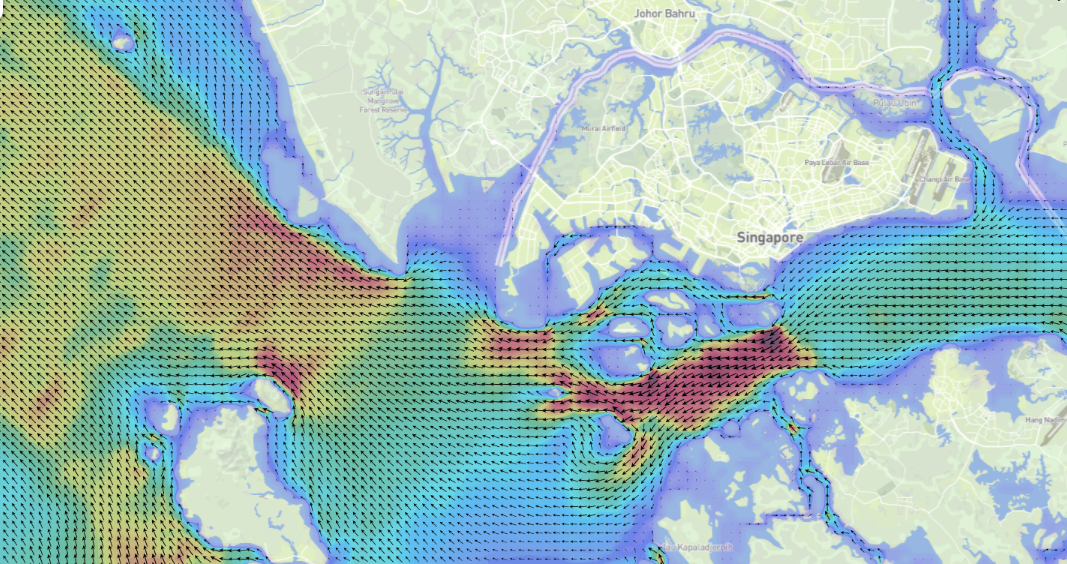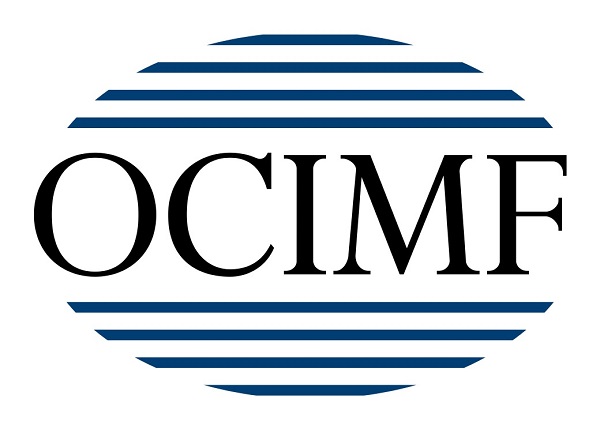A new solution that accurately predicts tide and current flows is making small waves in the vessel performance market, but the potential is huge.
PENNY Haire was a Royal Yacht Association instructor in the UK, and former teacher on Ocean Youth Trust tall ships. She now lives in Tasmania developing a company called Tidetech that has managed to develop one of the most granular current and tide prediction tools.
Roger Proctor, ocean data expert who has worked with the Australian Government and UK on tidal research and tide and storm surge warning.
Together, with a small team of experts, they have created one of the most detailed pictures of how the world’s tides and currents are flowing and will be flowing.
This is not another weather reporting tool, or a vessel performance company offering to revolutionise how navigation crews and fleet managers can create efficiencies and cut costs. Those markets are competitive, and filled with some very good solutions that are getting increased traction in the industry.
Haire describes Tidetech as the backroom boys of data. They are not into hardware, and they are partnering with vessel performance, tracking and weather routing outfits rather than selling direct to the shipowner. But what they have is fairly unique in that it can create a granular picture of tidal flows almost anywhere.
The Malacca Straits and the English Channel, two waterways that are always dense with marine traffic and with traffic separation zones, are not places that one would think of when it comes to route performance, but Haire says there’s almost as much that can be done in coastal or regional waters like these as in an Atlantic Ocean crossing.

Tidetech’s software has taken data, used it to create flow algorithms and then made tidal height and flow predictions, which also encompasses currents. In their images of the Atlantic one can clearly see the changing strengths and direction of the gulf stream in a time lapse picture of the future.
While the sophisticated software is subject to the company’s IP and is their major selling point, Haire points out that tidal height predictions are fairly well known, and can be predicted based on an 18-year cycle. Scientists have found that the pull of the moon, sun and planets, which influence tidal heights are on a cyclical pattern that are 18 years in length.
Tidetech also takes in accessible data form institutions such as the European Union’s Copernicus Earth Observation Programme which has a marine environment monitoring service, as well as data from the US and Australia.
Tidetech started making waves with its modelling for the Australian sailing team in the 2012 UK Olympics, modelling the water flows around Portland headland and Poole Bay, also modelling for the America’s Cup team in San Francisco.
By using enterprise-grade cloud-based servers Haire says Tidetech can generate tidal models in minutes which would have previously taken a day on a supercomputer and deliver group files for ingestion into onboard systems.
Having proven it models in the competitive world of international sailing, Tidetech decided to expand and look at commercial shipping. However they quickly realised that they could not build their own hardware, nor easily break into commercial shipping where there are now many different voyage optimisation of weather routing provider with increasingly sophisticated products.
The answer has been to partner with companies to add their data solution to their systems whether it is a standalone platform like NAPA or Eniram, or integrated into an ECDIS such as with Wärtsilä SAM Electronics, Polestar or the weather information services such as US-based Weather Decision Technologies.
Haire says the system is far more dynamic than the Admiralty TotalTide service which is the staple of many seagoing navigation officers and shore-based fleet managers.
Tidetech does not measure the water, it accurately predicts the flow based on dynamic modelling and has its predictions continually re-confirmed or validated with data from oceanographic institutes such as NOAA.
These water flow predictions, which the company checks with data from ocean buoys from organisations such as NOAA, can not only help vessel performance through the data being integrated with partners. It can also help with an understanding of the overall ocean domain, especially as other industries begin to use coastal waters for a host of other purposes.
Fathom-News.com

































